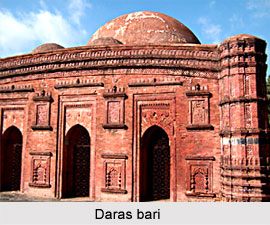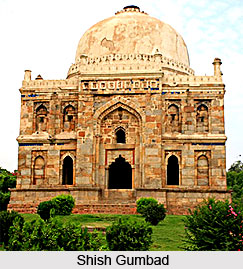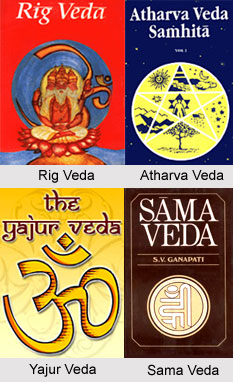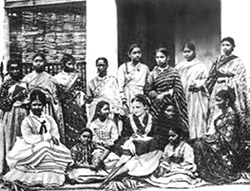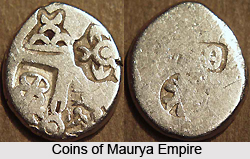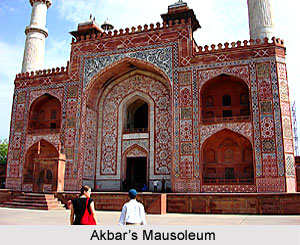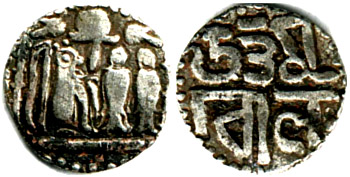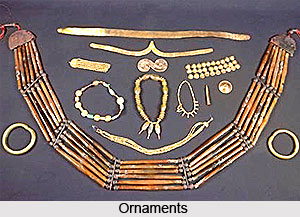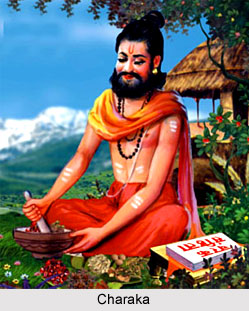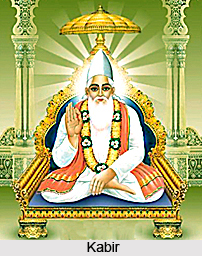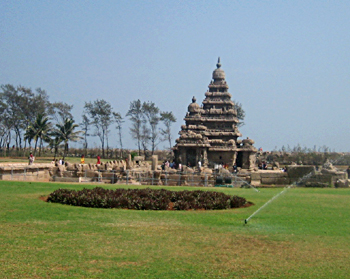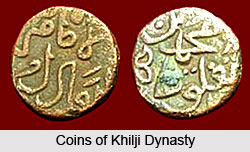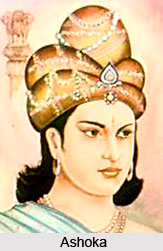The Princely State of Alwa was an Indian native state during the rule of the British Empire in India. During the early 19th century, the region was appointed as one of the princely states of India under the indirect rule of the British administration. The region was scattered over a total area of 5 sq miles and comprised of a total population of 2,126 in the year 1941. The territory of Palasni was one of the 27 states which formed up the Sankheda Mehvassi, located on the banks of the Narbada (Narmada) River, in eastern Gujarat. The region consisted of a 2 separate blocks of land in the eastern portion of the Sankheda Mehvassi. The central block, which contained the state of Alwa itself, was bordered by Rajpipla, Pantalavdi and Vasan Virpur in the north; by Baroda in the east; by Rajpipla in the south; and by the Devlia estate of Uchad in the west. The block where the village of Khata Ashitra was situated towards the west of the prime area, bordered by Jiral in the south and by Agar in the other 3 sides.
The territory of Sankheda Mehvassi bordered to the northwest and the west by the key district of Baroda; to the east by the British district of Khandesh (Province of Bombay); to the northeast by Chhota Udaipur; and to the south by Rajpipla. The Princely State of Alwa was under the administrative control of the Baroda Agency, which was a part of the Western India States Agency. Later the region became a part of the state of Gujarat.
History of Princely State of Alwa
The Chauhan Rajputs were the original rulers of the state of Alwa. They were bhayats of Agar and the succession of the throne was governed by the rule of male primogeniture. The territories of the Sankheda Mehwassi were founded around 1484, when Muslim intruders defeated the Rajputs in Champaner. Eventually the Rajputs settled on the banks of the river Mahi and other went towards the south and resided near Sankheda town. During the first half of the 18th century, when the Mughal Empire was waning and the Maratha dynasty was not slowly gaining supremacy, the Sankheda rulers expanded their power over the region of Gujarat. The augmented power of Baroda drove them back and put them under an annual tribute which was paid only on coercion.
By the year 1822, the British East India Company intervened in order to control all the disorder in the territory. After a period of 3 years, the British administration arranged with the Gaikwad to grant the rulers terms which assured their peaceful behavior and survival. The Princely State of Alwa was non- jurisdictionary native state. The erstwhile state of Alwa paid annual tribute to the territory of Baroda. Under the Attachment Scheme of 1943, the princely state of was attached to the princely state of Baroda. The native ruler of the state, who held the title of Thakor, took charge of the administration of the state.
After the withdrawal of the British and the independence of India on 15th August 1947, the last native ruler of Alwa, acceded his state to the newly formed Union of India, also known as the Dominion of India.


